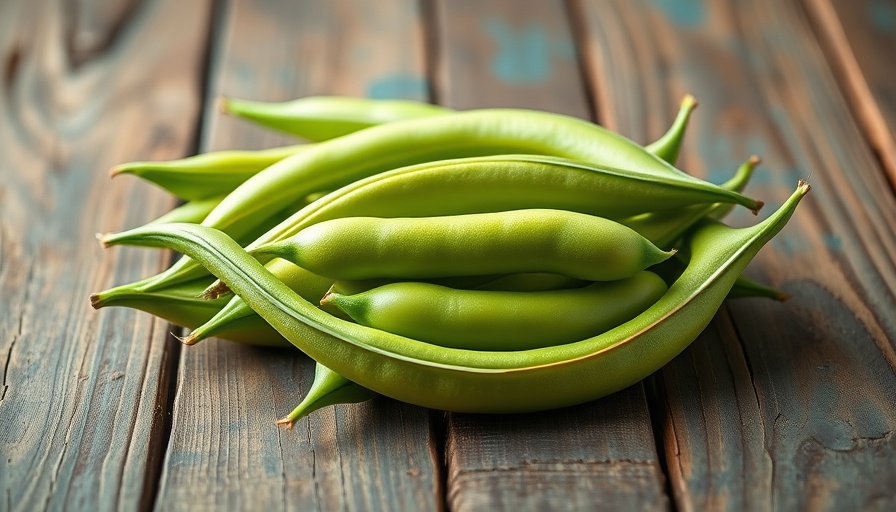
Unraveling the Mystery: The True Nature of Lima and Butter Beans
For many gardening enthusiasts, the question of whether the beans in their garden are lima beans or butter beans often leads to confusion. However, let’s clear up the confusion: both terms refer to the same legume, Phaseolus lunatus. This versatile plant thrives in warm climates, offering a host of delicious culinary possibilities. But as you dig deeper, you’ll find that the differences in terminology rest primarily on regional preferences and the size of the beans.
What’s in a Name?
The distinction between lima beans and butter beans is largely a regional preference. In many Southern states of the United States, all beans of this variety are colloquially referred to as “butter beans.” This term usually refers to the larger seeds that are creamy and rich in flavor. On the other hand, smaller versions are often labeled as “baby limas.” Conversely, in British cuisine, “butter beans” often refer to larger beans, known for their starchy consistency and a delightful taste when cooked with butter.
Beyond the Name: Key Factors to Consider When Growing
When embarking on your gardening journey with limas or butter beans, it’s crucial to focus on three main aspects rather than getting caught up in the nomenclature:
- Variety Selection: Choose cultivars based on your climate and growing conditions. Some varieties thrive in heat, while others prefer milder conditions.
- Seed Size: Understand that larger seeds often yield a different culinary experience than smaller ones. Be sure to pick seeds based on how you intend to use them, be it in salads, stews, or a standalone dish.
- Culinary Use: Both types can be enjoyed in various dishes, but knowing how they perform in cooking can help you maximize their flavor and texture.
Growing Tips for Success in Your Vegetable Garden
Whether you’re a seasoned gardener or a novice, here are some essential gardening tips to help you sow success:
- Soil Quality: Keep in mind that lima and butter beans prefer well-drained, nutrient-rich soil.
- Watering Needs: These beans need regular moisture, but be mindful not to overwater as they’re susceptible to root rot.
- Pest Management: Implement organic pest control methods to protect your crop. Introduce beneficial insects to manage pests naturally.
Future of Lima and Butter Beans in Your Landscape
Incorporating lima and butter beans into your garden is not just about flavor; it also contributes positively to sustainable gardening practices. These legumes enrich the soil, replenishing nitrogen, which is essential for the health of subsequent crops. As we move towards more eco-friendly gardening techniques, legumes like these may play an integral role.
Conclusion: Embrace the Bean!
Understanding the nuances between butter and lima beans can enhance your gardening experience. While the names may differ geographically, the culinary potential and benefits they offer remain timeless. Whether you are cooking them up with a pat of butter, including them in a hearty stew, or simply cultivating them for their nutrients, these beans deserve a prominent place in your garden. Embrace this versatile plant, explore different varieties, and enjoy the satisfaction of reaping your own delicious harvest!
 Add Row
Add Row  Add
Add 




Write A Comment